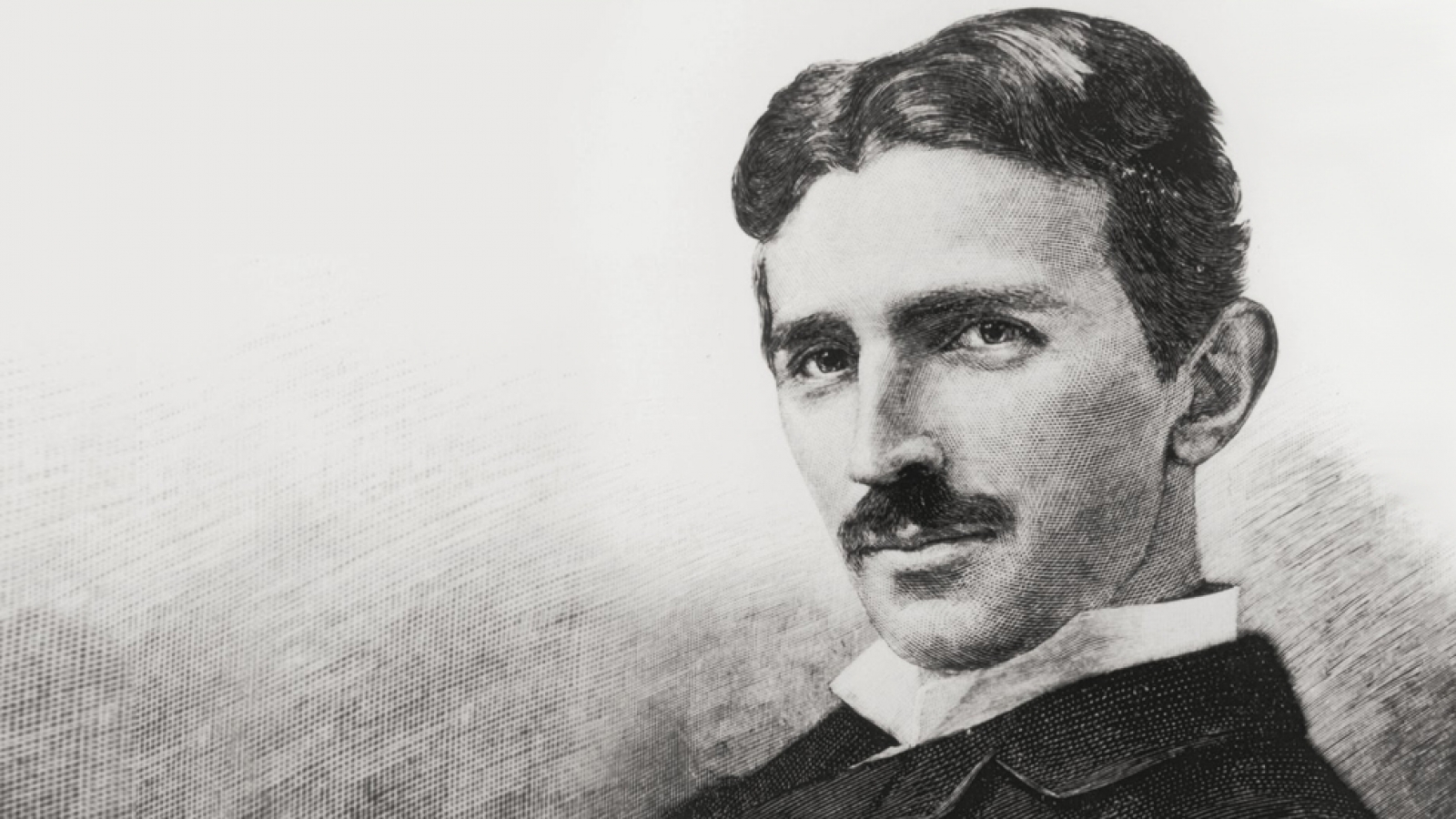Throughout history, there have been many scientists who have made their mark on the world. What is less well known, though, are those scientists who were equally as brilliant and innovative as those we know about today.
Some scientists might get their moment in the spotlight, while others never get their time to shine. Here are the most underrated scientists who should be getting more credit for their hard work, and why we should know them.
Do you remember the time when Nikola Tesla suddenly became so popular? [Bless this Oatmeal comic]
Do you remember Rosalind Franklin who is actually responsible for providing photographic evidence about the structure of DNA, and died of cancer and has a two-line mention in the Twelfth-grade textbook?
Closer to home, ever heard of G. N. Ramachandran?
Probably not.
Sure, you cannot give credit to everyone (and their uncles) for every study published, but we can appreciate the hard work and efforts of certain individuals who have changed and molded the way we live and survive.
In this age of scientific renaissance, it does become difficult for a person in science, let alone a non – STEM field individual to keep up with the latest in Scientia.
Like, what is the new antibiotic? What is the “it” drug? What are these gravitational waves? Why should I care about virophages? The hell is in my Sriracha sauce?
But here are seven scientists who have been highly underrated and deserve more than just textbook space for their contribution to our selfish mankind.
7 Underrated Scientists, You Should Know About
The list will cover the seven most underrated scientists of the past who, while not as well known as Einstein or Galileo, made important contributions to advancements of science.
These scientists played a key role in shaping our understanding of physics and chemistry, but don’t get the same attention as their more popular counterparts.
# J.B.S. Haldane
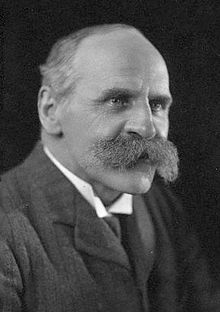
A biochemist may remember him as a part of an enzymatic study in their textbook, but he was much more. So much more.
British scientist John Burdon Sanderson Haldane was recognized for contributions to various fields, from research on genetics and population growth to cure for tetanus.
He made valuable contributions to the fields of biology, biochemistry, and genetics; occasionally using himself as a subject in his own experiments!
He developed a treatment for tetanus and, from 1939 to 1945, conducted research for the British Navy and Air Force, including studies on the effects of mustard gas on the human body.
An interesting fact is that later in his life, from 1957, he moved to India till his death. Here he became an Indian citizen and converted to Hinduism.
Though his contributions are valuable, he remained an underrated scientist.
# G. N. Ramachandran
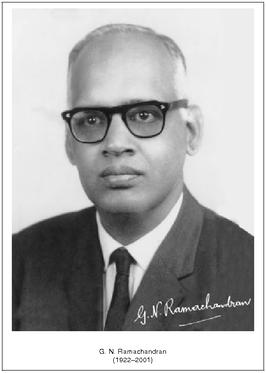
Gopalasamudram Narayana Ramachandran, or G.N. Ramachandran, was an Indian physicist who was known for his work that led to his creation of the Ramachandran plot for understanding peptide structure.
This means he discovered how proteins are shaped and structured. But he was an underrated scientist.
Yes, the same molecules which make up our bodies and the same substances which shampoo and cosmetic commercials give wacky names to make us believe they are selling us something new.
In 1942, Ramachandran joined the Master’s program in Electrical Engineering at the Indian Institute of Science at Bangalore.
He was soon brought into the Physics stream by the head of the Physics Department, Sir C.V. Raman, who was awarded the 1930 Nobel Prize in Physics for his discovery of the Raman effect.
Ramachandran was a man of many talents. According to his obituary published in the scientific journal Nature, he was interested in classical Indian and Western Music, as well as in the philosophical systems of India and the West.
During his brilliant and illustrious academic career, the number of awards, medals, and citations conferred on him are too numerous to be listed.
# Asima Chatterjee
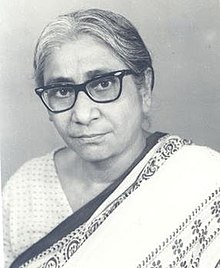
Professor Asima Chatterjee was an organic chemist whose contribution remains underrated. She dealt with the development of anti-cancer, anti-malarial, and anti-epileptic drugs.
In 1944, she became the first woman to be named a Doctor of Science by an Indian university. In her long-standing research career, Asima authored volumes of work on medicinal plants of the Indian subcontinent.
The early years for any research scientist are hard – in receiving funding and a push to pursue a study we love, and so was the case with her.
But she continued nonetheless, setting up a regional research laboratory on plant remedies in Salt Lake, Calcutta, and it was here that she produced a number of notable drugs for serious ailments.
She investigated the properties of vinca alkaloids, simply put, plant extracts, now used in chemotherapy for cancer by inhibiting the ability of cells to divide.
She produced the anti-convulsive drug Ayush-56 to treat epilepsy, alongside a number of antimalarial drugs derived from medicinal plants.
She published around 400 papers on her work and was extensively cited. Following her retirement in 1982, she was nominated by the President of India as a Member of the Rajya Sabha. She passed away from old age in 2006.
# Ananda Mohan Chakrabarty
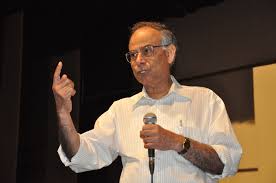
He may be a textbook staple for biological IPR and patent studies, but Professor Chakrabarty is also an Indian American microbiologist, immunologist, scientist, and researcher at the University of Illinois at Chicago College of Medicine.
Most notable for his work in directed evolution and his role in developing a genetically engineered organism using gene transfer while working at GE. Alas! Many remain unaware of his contribution as he was an underrated scientist.
He was known for creating the “superbug”, a strain of Pseudomonas bacteria that can eat up oil spills and herbicides from polluted waters.
He is also known for the iconic Diamond vs Chakrabarty case, where the SCOTUS ruled in his favor, making the landmark decision that, “A live, human-made micro-organism is patentable subject matter under 35 U.S.C. § 101. Respondent’s micro-organism constitutes a ‘manufacture’ or ‘composition of matter’ within that statute.”
The United States Patent and Trademark Office (USPTO) had suspended examination of all patent applications covering engineered microorganisms before.
Since this was 1981, there were concerns at the time about releasing genetically modified organisms into the environment.
The superbugs proved effective against the oil of the disastrous Exxon Valdez spill in 1989 in a test carried out by Chakrabarty but was not used in the field, despite the tests also showing that the bacterial oil-degrading compounds were much less toxic than synthetic ones already in use.
In his last days, he was working on bacterial-sourced proteins for the treatment of cancer, he died recently in July 2020.
# Joseph Weber
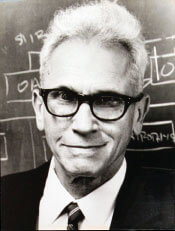
Before Laser Interferometer Gravitational-Wave Observatory’s (LIGO’s) official announcement of the discovery of gravitational waves, Joseph Weber in the 1960s almost detected their existence based on the prediction made by Einstein in 1916.
Astronomer Virginia Trimble, his wife, who now works at the University of California, Irvine, notes that Weber worked on his gravitational wave detectors even after the National Science Foundation (NSF) cut off his funding in 1987.
He shifted its focus to developing LIGO—the agency ultimately spent more than $1 billion on it. With almost no funding, Weber worked on his devices until he died in 2000 at the age of 81.
Unfortunately for Weber, others failed to reproduce his signals. What’s more, as Weber stuck to his guns, others argued that Weber had, unawares, manipulated the data in ways that could conjure up false signals.
Still, the physicist continued to experiment with his “Weber bars”, a device used in the detection of gravitational waves first devised and constructed by the physicist at the University of Maryland.
The device consisted of multiple aluminum cylinders, 2 meters in length and 1 meter in diameter, antennae for detecting gravitational waves for decades, and researchers in Russia and elsewhere also pursued the technique.
Many physicists now credit Weber for kick-starting the search for gravitational waves. One of Weber’s bars now sits as a museum piece at the LIGO site in Hanford, Washington.
Oh, and by the way, it’s a load of vinegar and chili in your Sriracha.
# Hermann Minkowski
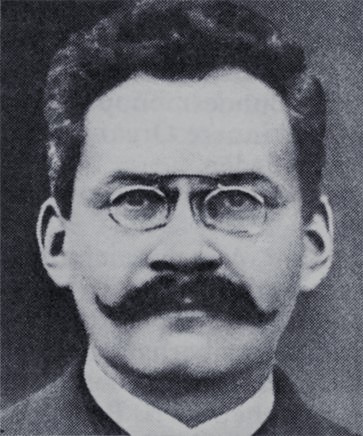
He was a Lithuanian-German mathematician who was a genius in math and made numerous important contributions to number theory, mathematical physics, and the theory of relativity.
His theory of four-dimensional space-time better known as “Minkowski space” has a place in Albert Einstein’s theory of Relativity.
It attempts to prove that the special theory of relativity that Albert Einstein presented algebraically can be understood geometrically also. In his book, “Space and Time”, he discusses the idea that there is a direct correlation between space and time.
Relativity Theory was developed by Albert Einstein who first misunderstood Minkowski’s relativity as a mere relativity trick. Through Einstein and Minkowski, we know that there is a correlation between space and time.
Einstein and Minkowski proved that space and time are inextricably linked. Minkowski’s treatment was first viewed by Einstein as a mathematical trick.
But later, he realized that a geometric view of space-time was necessary in order to complete his own later work in general relativity (1915).
It has been clear since the classic interpretation of Einstein’s special theory of relativity by Hermann Minkowski, physics has to do with a unitary entity space-time, and not with two entities, space and time, taken separately.
However, timelike and spacelike directions can be distinguished. Such a brilliant but underrated scientist.
# Emmy Noether
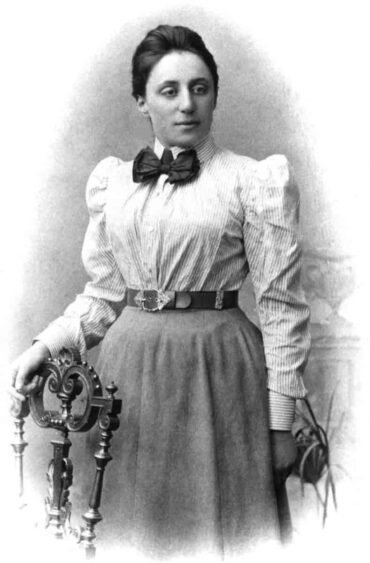
Emmy Noether was a German mathematician who was widely recognized as the most creative abstract algebraist of modern times.
Her innovations in higher algebra are so profound that they are still being used today by math professors all over the world.
She was a force in mathematics. Even after a century of contribution to science, her efforts remain underrated. Her fundamental theorem puts symmetry at the center of physical law, and most physicists are aware of it.
Noether had the great insight that Maths is about structure, and not just about individual numbers or operations.
She saw the patterns that underpin any structure, whether it be number or polynomial, and she used these insights to prove many deep mathematical results that apply more generally.
Noether wasn’t particularly interested in physics. Hilbert and Klein were trying to understand it and asked her for help.
Albert Einstein was struggling to understand how energy fit into his equations after he developed his general theory of relativity. Her results are considered a rare foray into physics.
—
Were you aware of any of these underrated scientists’ work before you read the article? Whose work did you find most fascinating?
Do you know any other underrated scientists we all should know about? Share your thoughts in the comments section below.
More to read –
